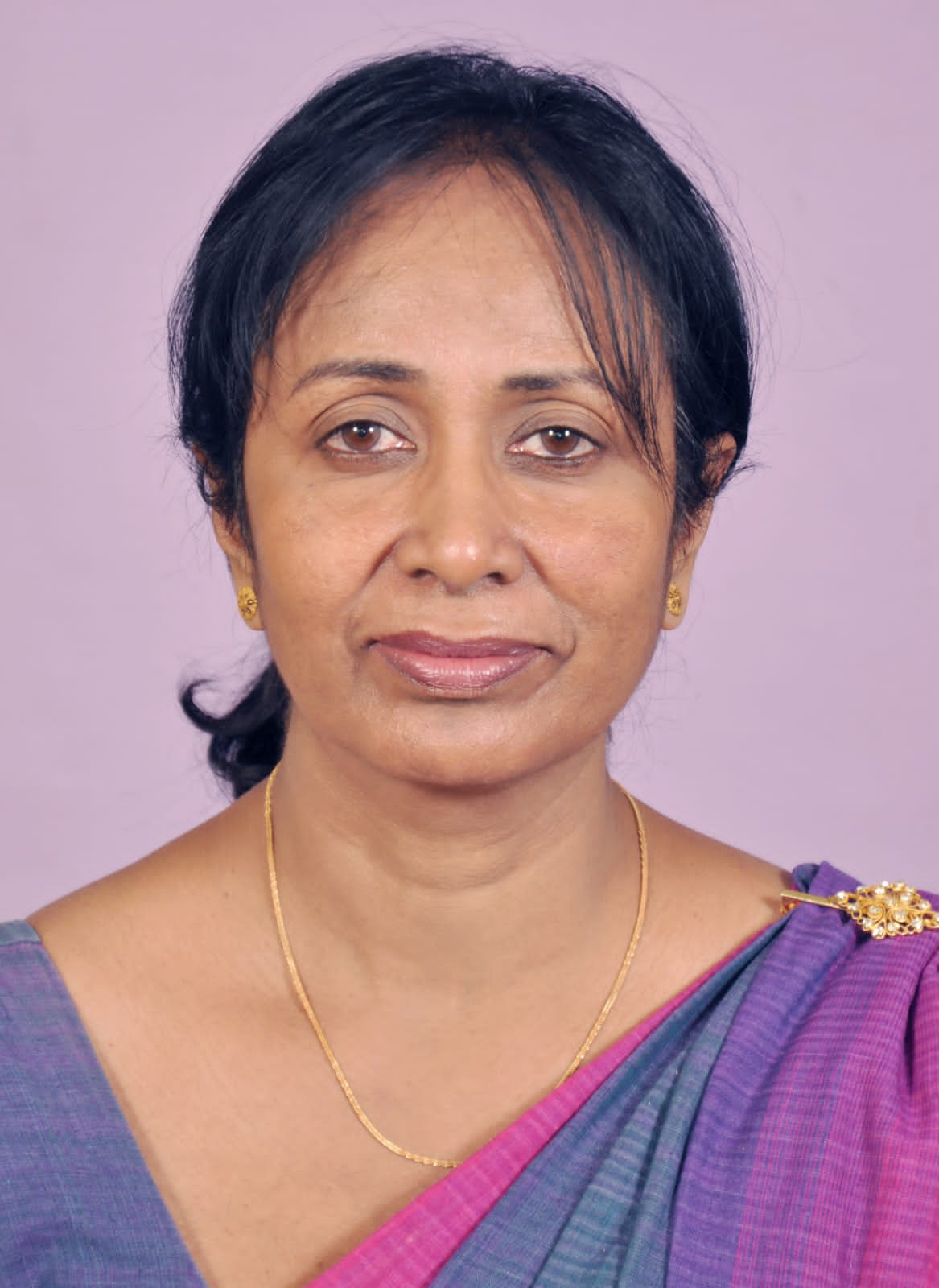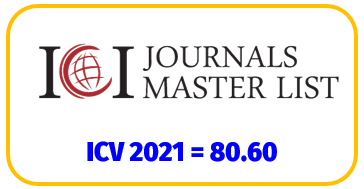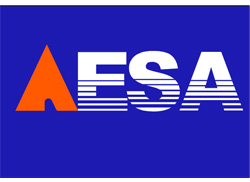Motivation for Dual Career Engagement among University Athletes in Sri Lanka.
DOI:
https://doi.org/10.30472/aesj.v7i1.349Abstract
The absence of dual career programmes in Sri Lanka cause premature retirement of student athletes from their elite athletic career or illustrious academic career. In most cases student athletes are pressurized to select an academic career which may promote a sedentary lifestyle and lead to a variety of health and social issues. However, implementation of dual career programmes requires a clear understanding of student-athlete motivation. The aim of the present study was to describe the motivation for dual careers of the undergraduate student athletes of two top ranked universities in Sri Lanka; University of Colombo and Peradeniya, using the Italian-Slovenian version of the Student-athletes' Motivation towards Sports and Academics Questionnaire(SAMSAQ-IS) . SAMSAQ-IS is a self-administered questionnaire tested and validated in an environment more suitable to Sri Lanka consisting of 39 items. Student Athletic Motivation (SAM), motivation towards academic-related tasks (AM) and motivation to pursue a professional sport career (CAM) have been considered as three factors in this tool of assessment. Exploratory factor analysis, confirmatory factor analysis and Rasch analysis were applied to test the factor structure, reliability and validity of the SAMSAQ-IS. Two hundred and sixty six (266) student athletes participated in this study (males 63.5%). The mean ages were 22.98±1.39 years (females), and 22.94±1.7 years (males), participating in either team or individual sports. The majority were from the faculties of Science (28%), Management (18%), and Medicine (11%). All 39 items had a good reliability (Cronbach’s alpha>0.7). The Rasch analysis showed that all infit and outfit statistics were within the range 0.5-1.5 and all items were productive for measurement. Gender disparity among 3 factors were noted where females showing more motivation for AM and male showing greater motivation for both Sam and CAM. However, overall positive motivation was observed in all factors. Overall SAM with CAM and SAM with AM had a significant positive correlation (p< 0.05). Overall, a high positive motivation was shown by student athletes despite the lack of an adequate support system. Gender differences in AM and CAM may be studied in depth when planning career transition programmes. Nevertheless this motivation may assist student athletes in overcoming some challenges in their progression and will positively impact the planning and implementation of career transition programmes, policies and guidelines at the national level.
Downloads


















